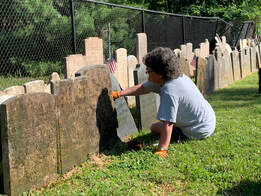 Nan Markey carefully removes decades (and centuries) of filth off these historic gravestones Nan Markey carefully removes decades (and centuries) of filth off these historic gravestones I was recently walking around the cemetery with trusted research assistant Marilyn Veek. We were chatting about various “Stories in Stone” offerings past, present and upcoming, along with other research endeavors taken on as part of our Friends of Mount Olivet (FOMO)membership group and the cemetery’s Preservation and Enhancement program begun in late 2017. We eventually came upon Area NN, a truly unique part of our historic grounds which hold the oldest collection of graves in the cemetery. The section here includes the mortal remains of folks formerly buried in three of downtown Frederick’s original burying grounds, specifically decedents associated with the Lutheran, Methodist and Presbyterian congregations. These churches, along with four others, were part of the genesis of Mount Olivet back in the early 1850s. A new, non-denominational communal cemetery on the outskirts of town would remedy the problem of existing churchyards having become filled to capacity, while in several cases, adjoining ground was needed to expand worship facilities for an ever-growing population. Here in Area NN, we are currently aided by the opportunity to read stones like never before in our lifetime because of the work our Friends group undertook last summer in cleaning these monuments. This came under the supervision of our FOMO monument cleaning committee under Nanette and Rob Markey. Most of these gravestones date to the early 1800s, and a few are from the 1700s. Many are beautiful examples of early stone mason craftsmanship, with some even carved in German, a language commonly spoken in town as English up through the early decades of the 19th century. One such downtown burying ground, long gone, was that of the Old Presbyterian Churchyard. This sacred plot was once located around the congregation's first meeting house on the southwest corner of North Bentz and West Fourth streets, at the point where today’s Dill Avenue begins. 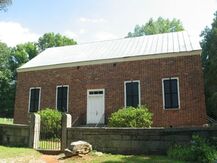 A like-designed Presbyterian church structure of the same era A like-designed Presbyterian church structure of the same era Frederick's original English Presbyterian Church was constructed in 1780 and built of brick and boasted "high backed pews, a lofty pulpit, and a brick floor." A new house of worship was completed in 1825 on West Second Street, but the original graveyard remained active until 1885, at which time the trustees decided to discontinue use. The old structure was utilized afterwards as part of an old factory until being sold, along with the cemetery ground, to the Salvation Army for $400 in 1887. A telling letter to the editor appeared in the Frederick Post on October 6th, 1936. This was written by one of our former “Stories in Stone” subjects, Edward Ralston Goldsborough, and paints a little clearer picture of the ancient burying ground. It exposes the problem encountered with wholesale cemetery removals in which not all bodies are sometimes accounted for. Most of the bodies here were removed on May 10th, 1887 and transferred to Mount Olivet. They were originally placed in Area Q, but later moved to Area NN on December 12th, 1907. Among these was a gentleman by the name of Abraham Haff, who is said to rest in Lot 130/Grave 11. A monument on this site is the most substantial of all the Presbyterian gravestones, however, it only tells half, or should I say “haff” of the story. Let me explain, the monument proudly displays the name of Abraham Haff on its face, born September 22nd, 1805 and died on January 29th, 1864. Thanks to our thorough cemetery records, I would soon find that although the monument calls out Abraham Haff, it’s not the same Abraham Haff buried a few feet below this brown, sandstone memorial. To make things more confusing, the decedent resting in Lot 130/Grave 11 holds the same name of Abraham Haff, but is the father of the guy whose name is carved in the stone above. He has a birth date of May 5th, 1769 and death date of December 30th, 1813, and it will be safe to label this latter gentleman with a suffix—Abraham Haff, Jr. Abraham Haff, Jr. was born in Frederick in 1769, the son of a Revolutionary War veteran named Major Abraham Haff, Sr. (1734-1812) of Readington Township (Hunterdon County), New Jersey. His mother was Jane Beatty (1736-1812), a granddaughter of the famed Colonial pioneer (to Frederick) named Susanna Ashfordby Beatty, originally from the Kingston, New York area. Jane is connected to her grandmother’s property purchased in the 1730s, site of the aptly named Beatty-Cramer house, found just east of Ceresville, along Israel's Creek and clearly visible on the north side of Liberty Road/MD route 26. On October 10th, 1781, Major Haff obtained 149 acres from his mother-in-law’s estate of Spring Garden about the location of Glade Valley Farms on the approach to Mount Pleasant. Major Abraham Haff, Sr. served as an early church elder and donated the land the original Presbyterian Church and burying ground would be built upon. I gleaned a bit about the Abraham Haff, Jr. from a genealogy book written by Frank Allaben and found online: The Ancestry of Leander Howard Crall: Monographs on the Crall, Haff, Beatty …Families published in 1908 by Grafton Press of New York City. The following is the section on Abraham Haff, Jr.: Abraham Haff, Jr. was married twice. His first wife was Frances Dern (b. 1778), whom he married in 1795. The Haffs had eight children, of which we are most interested here in the 5th born and only son. They included: Catherine (Haff) Biggs (1797-1852), Martha (Haff) Gilson (1799-1873), Mary (Haff) Crall (1801-1881), Frances Jane (Haff) Delaplaine (1803-1869), Abraham Haff III (b. 1805), Amy (Haff) Troxell (1808-1888), and Priscilla (Haff) Biggs (b. 1810). Frances died in 1811 and Abraham, Jr. married again in July, 1812 to Priscilla Hauer. An eighth child would be born to Haff, Eleanor Mary (Haff) Stevenson (b. May, 1813), but he would die before the end of the year. As far as I could tell, none of these children are buried in Mount Olivet, save for son Abraham. Frances Haff was likely buried in the Presbyterian Graveyard, but didn’t make the trip to Mount Olivet with her husband’s remains—at least we have no record of her here. So, I told you that there is not a separate stone marker for Abraham Haff, Jr. Perhaps there was one which originally stood in the old Presbyterian churchyard, but who knows? It likely disappeared along the way as well, not uncommon as broken or worn stones were seen as unsightly elements here in Frederick’s “garden cemetery” back in the day, and basically not allowed to be placed. I would look to 1887 as the time a decision was made in refusing his old stone, or perhaps there wasn’t anything to consider in the first place. Instead, the large monument for Abraham Haff III would be placed here over Abraham, Jr. So is Abraham III nearby? Before we answer that question, let’s look at the life of Abraham Haff III, one in which we see a continued devotion to Frederick’s Presbyterian congregation. On the flip-side, I did not find Abraham Haff III to be a real fun-loving guy—more of a” glass half-empty” kind of individual but he always had faith. Abraham III had a childhood filled with loss as he would lose his patriotic grandfather (Abraham, Sr.), and biological parents before he turned eight. Now, as a step-parent myself, I don’t want to falsely speculate on the ‘tween and teen years of our subject, but God only knows the experience Abraham III had being raised by his stepmother and her (third) husband. In addition, keep in mind he was the only boy, having seven sisters to contend with. Whatever the case, he never married, or had children of his own. A lone mention in Jacob Engelbrecht’s diary raises another interesting mystery along the subject of potential “family bliss” for Abraham. “Married on Sunday last 30 ultimo at Gettysburg Pennsylvania by Justice Wilson of Waynesboro, Doctor Abraham Haff of this city to Miss Jane Brooks of Chester County Pennsylvania.” This was written by the author on December 2nd, 1828, however Jacob later writes the notation that this was a “false report.” Mr. Haff was a staunch supporter of temperance, and led an exhilarating career as a druggist under the firm name of Haff & Davidson, begun around 1827. The apothecary’s location was near the Square Corner intersection of Market and Patrick streets (a few doors north of the northeast corner). I found, however, that Haff’s business partner, George Davidson, died in January, 1831 of Scarlet Fever. He is buried in Mount Olivet’s Area NN, but doesn’t have a gravestone either. The partnership was dissolved, but Mr. Haff took over the whole of the operation. As he strived to make people of Frederick better, he surely prescribed the notion that death comes to all eventually, regardless of medicine. This would be telling in his own case. Haff's young business associate was the son of the town’s former Presbyterian minister Rev. Patrick Davidson (1775-1824). Rev. Davidson was also a former principal of the Frederick Academy and has a large and impressive ledger-style monument found to the immediate right of Abraham Haff III’s monument. Sadly, death would come to Haff’s business venture as he had to put it up for sale one year later. It appears that he may have been bankrupt in 1832 as he defaulted on a mortgage and had to sell off all the stock/wares from the shop as well as a farm in Creagerstown that he had bought in 1827. At the time, his sister and brother-in-law were living on the premises. Mr. Haff never bought another property but continued working as a druggist at least through 1863, based on newspaper ads I saw. It appears that Abraham Haff III’s career in medicine continued as he worked in conjunction with two other leading physicians of town in his latter years—Dr. George Fischer (1809-1866) and Dr. Fairfax Schley (1823-1903). He can be found living in the same household with each of these gentlemen, respectively, in the 1850 and 1860 US Census records. Haff’s lasting achievement seems to have been his unwavering service as superintendent of the Presbyterian Church Sunday School. He certainly followed in his grandfather’s shoes with this congregation. As a matter of fact, this post indirectly led to his untimely death at the age of 58. On the bright side, however, his Sunday school endeavor caused a fine memorial to be erected in the Presbyterian Churchyard at the time of his death. In turn, it is this memorial that led me to write this story, as it’s the same monument that sits on top of his father’s grave in Area NN. The Crall family genealogy, referenced earlier, was written from the context of Abraham III’s brother-in-law, Joseph, wife of Abraham’s sister, Mary. Here is what the book has to say about Abraham III, including a recounting of his death in early, 1864: As one could imagine, the Frederick community was stunned in hearing the news of Mr. Haff's death at the age of 58, but none more than his fellow parishioners of Frederick's Presbyterian Church. The following lengthy obituary would appear in the local newspapers. Abraham Haff, III was buried in Mount Olivet on January 31st, 1864. His plot was paid for the day before by Fairfax Schley. This burial plot, however, is nowhere near Area NN or Area Q for that matter. Instead, it is in Area B/Lot 35. I ventured to look at this gravesite, especially curious to see his gravestone. When I arrived, I was perplexed seeing no grave marker whatsoever. In subsequent years, members of the William and Eve Stoner family were laid to rest here. I question why an impressive monument would be placed in the Presbyterian Cemetery in memory of this man, but nothing over his final resting spot here in Mount Olivet? With no heirs of his own, I guess the charity of Fairfax Schley and the Presbyterian Church had been exhausted. More puzzling was the fact that Haff III’s large memorial monument was placed in Areas Q (1887) and NN (1907) respectively at the time of the Presbyterian Cemetery removal, and lot transfer within the cemetery. At this time, however, the Stoners had been buried in some of the spots in Area B/Lot 35. Looking at our cemetery lot card for this plot, it appears that 44 year-old William Stoner would be buried directly over top Abraham in the same exact grave space (labeled #2). Mr. Stoner died in 1863, but was re-interred elsewhere and later reburied here in 1891, shortly after the burials of his wife Eva in 1890 and daughters Mary and Edna (who died in 1887 and 1889 respectively). As the article above stated, Abraham III died of a heart attack in a street car in Baltimore, Maryland, while returning from a Sunday School Convention held in Boston and/or purchasing business supplies and goods in New York. The large monument was placed shortly thereafter within the Presbyterian Graveyard honoring him as Superintendent of Sunday School. When all inhabitants of the burying ground were re-interred in May of 1887, Haff’s fine tribute marker was brought to Mount Olivet as well, and later placed in NN-130-11A over his father's assigned grave regardless of the fact that he, Abraham Haff III, was actually buried in Area B/Lot 35 thirteen years prior on January 31st, 1864.
I find it so ironic that Abraham and William Stoner would each share “half” of a grave lot at this location. Meanwhile, over in Area NN, Abraham III’s monument is sharing half a gravesite with his father.
2 Comments
Heidi Black
3/2/2021 07:17:48 pm
Would it be possible to share your method of cleaning old grave markers? Thank you!
Reply
Nancy Droneburg
3/3/2021 11:54:22 am
thank you
Reply
Leave a Reply. |
STORIES
|
Archives
July 2024
June 2024
May 2024
April 2024
March 2024
February 2024
January 2024
December 2023
November 2023
September 2023
August 2023
July 2023
June 2023
May 2023
April 2023
March 2023
February 2023
January 2023
December 2022
November 2022
October 2022
September 2022
August 2022
July 2022
June 2022
May 2022
April 2022
March 2022
February 2022
January 2022
December 2021
November 2021
October 2021
September 2021
August 2021
July 2021
June 2021
May 2021
April 2021
March 2021
February 2021
January 2021
December 2020
November 2020
October 2020
September 2020
August 2020
July 2020
June 2020
May 2020
April 2020
March 2020
February 2020
January 2020
December 2019
November 2019
October 2019
September 2019
August 2019
July 2019
June 2019
May 2019
April 2019
March 2019
February 2019
January 2019
December 2018
November 2018
October 2018
September 2018
August 2018
July 2018
June 2018
May 2018
April 2018
March 2018
February 2018
January 2018
December 2017
November 2017
October 2017
September 2017
August 2017
July 2017
June 2017
May 2017
April 2017
March 2017
February 2017
January 2017
December 2016
November 2016

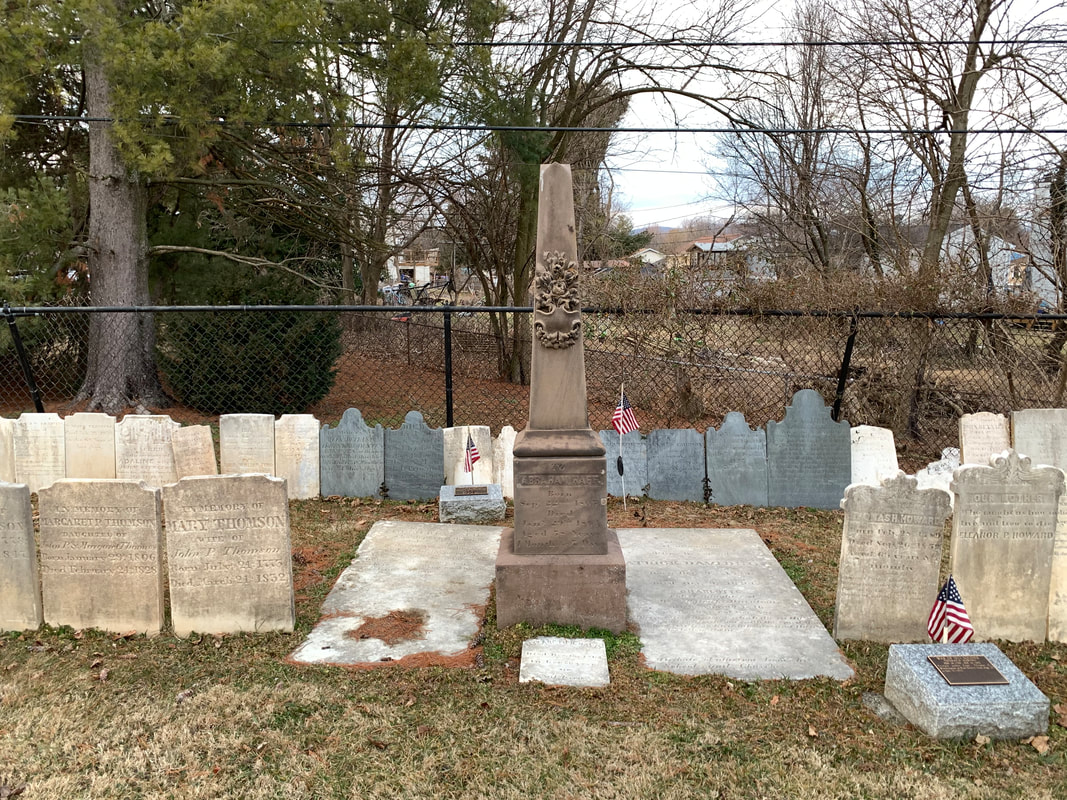
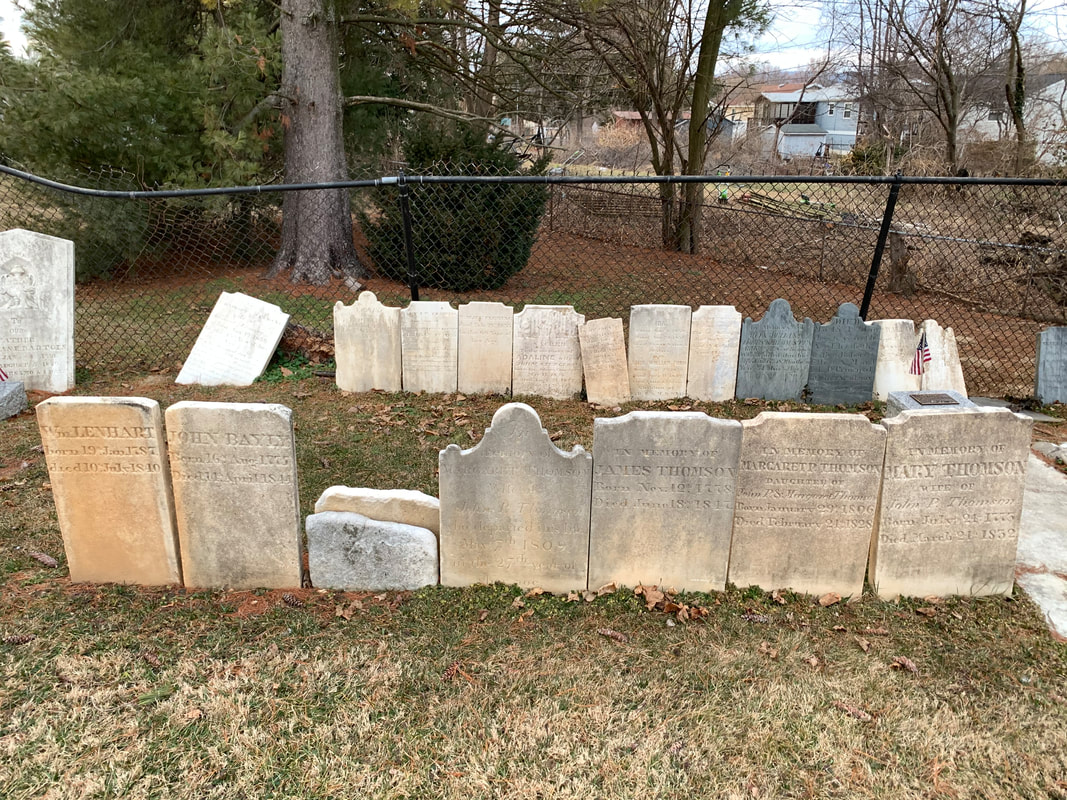
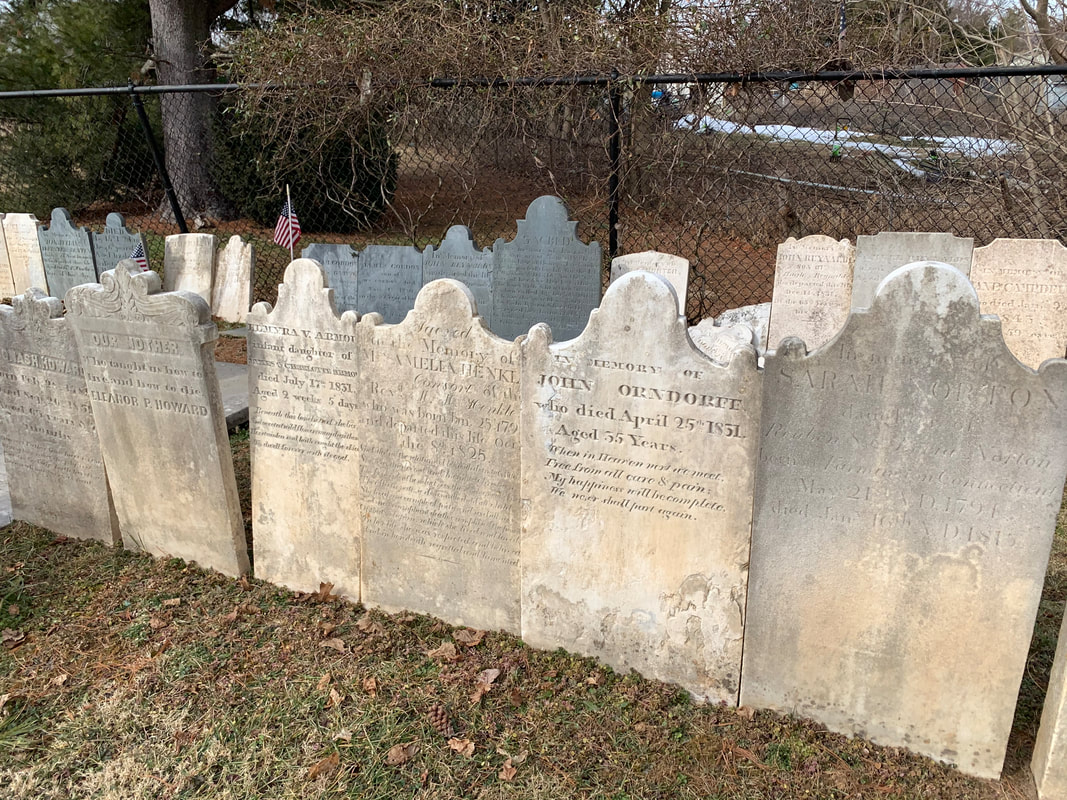
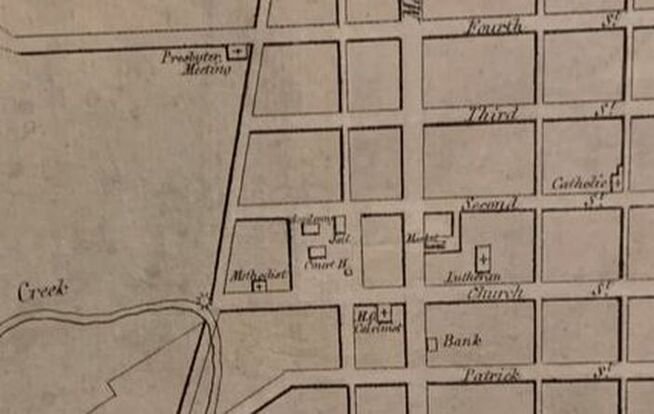
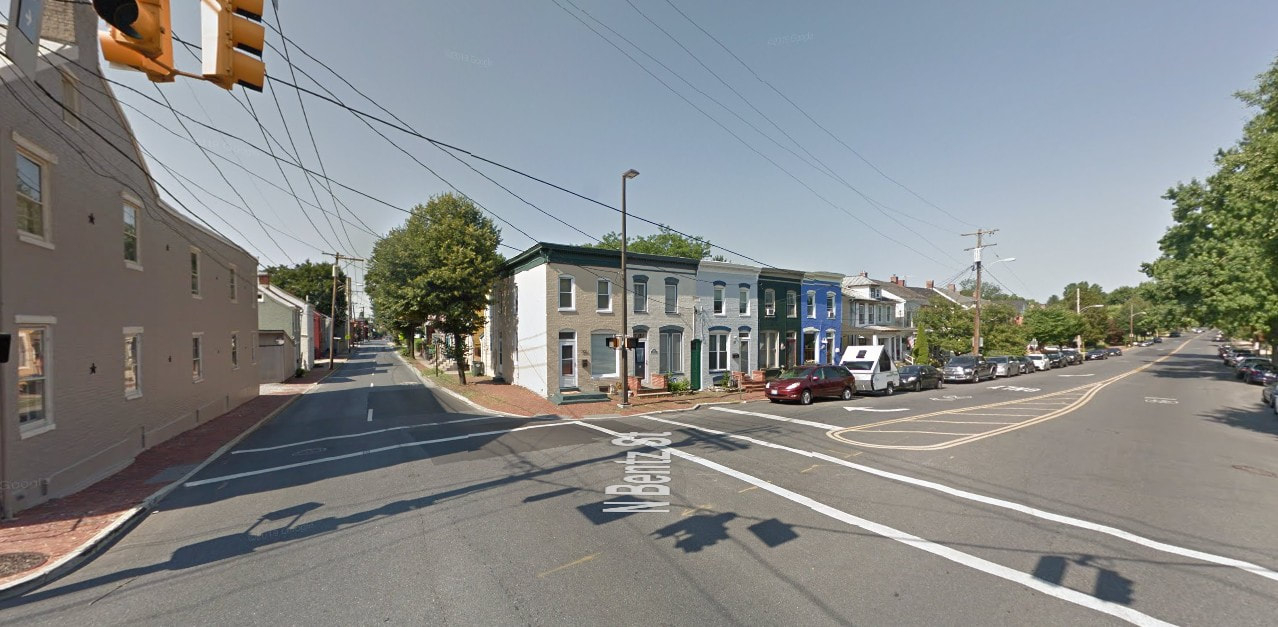

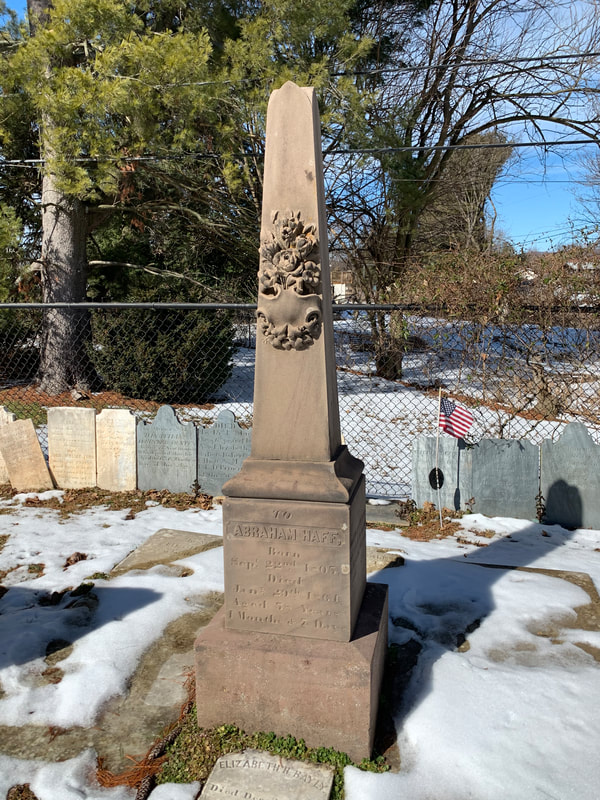
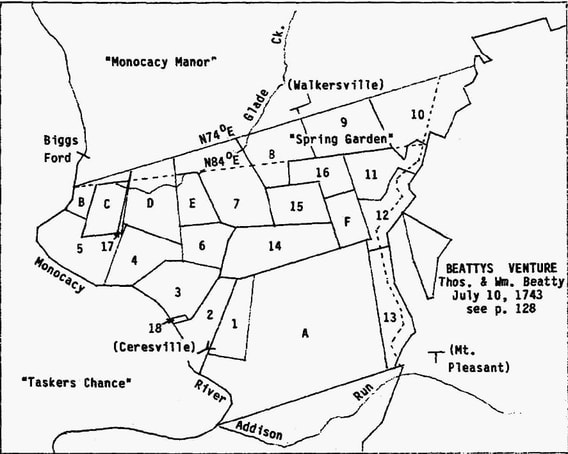


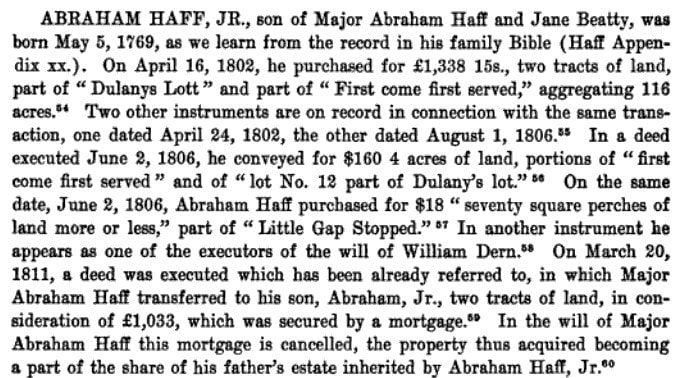
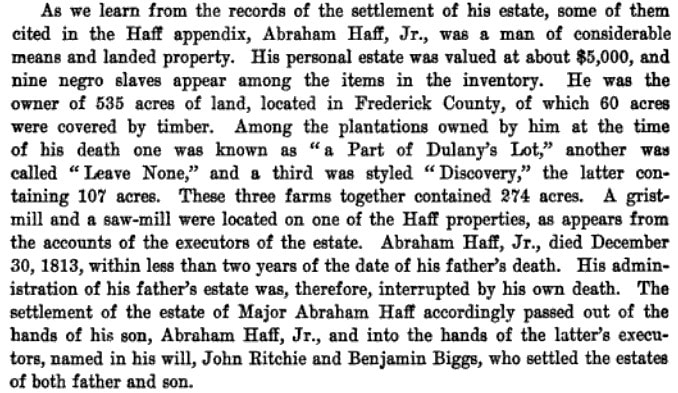
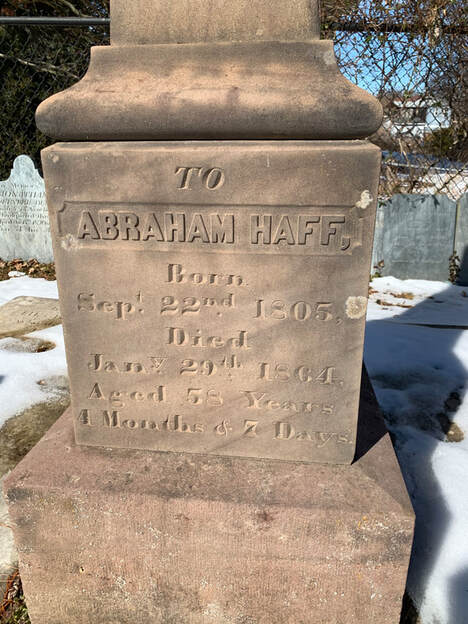
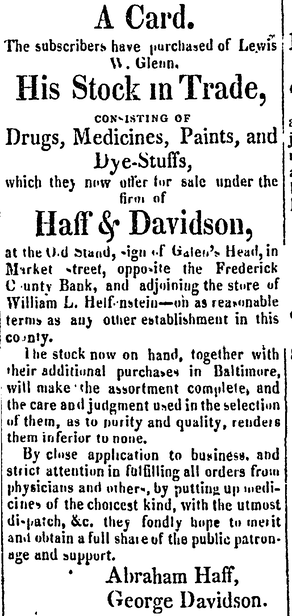
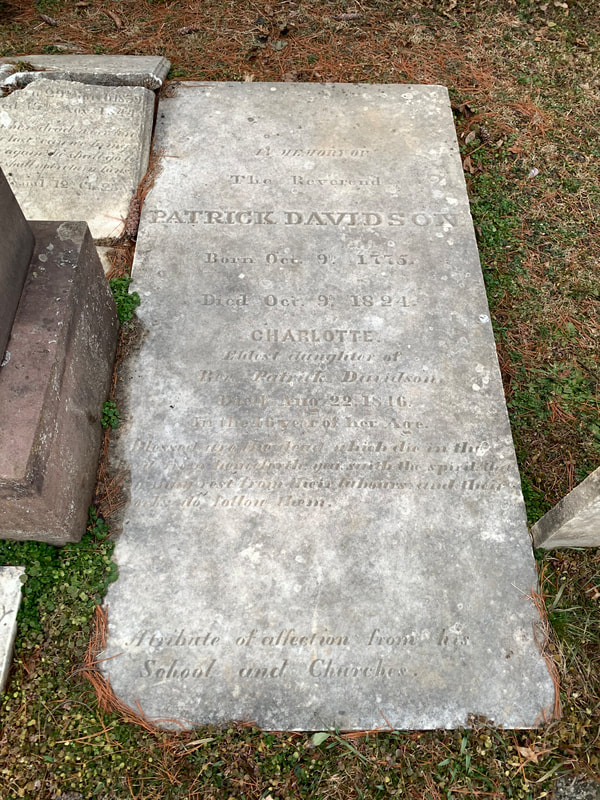
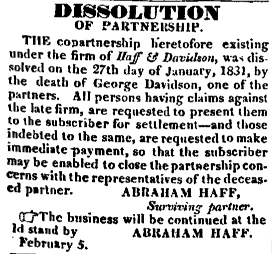
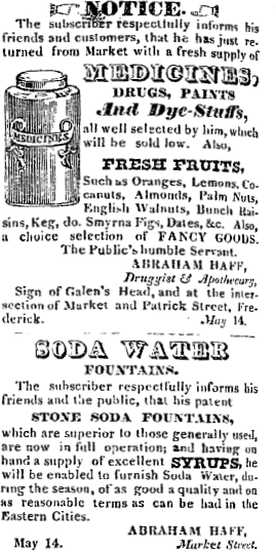
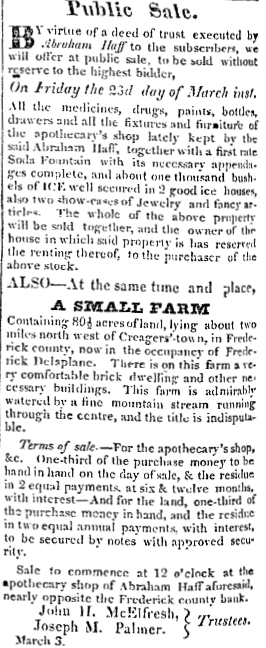
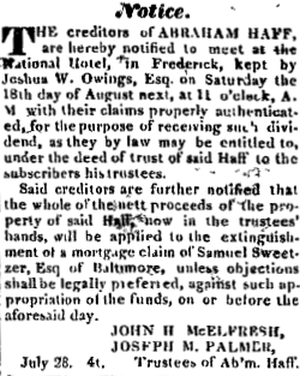
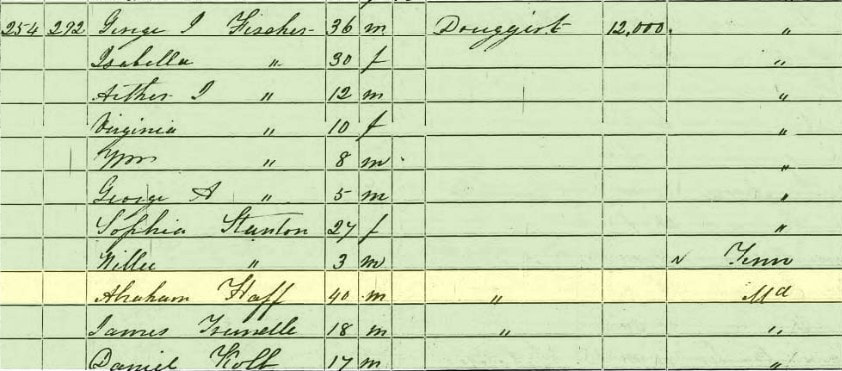
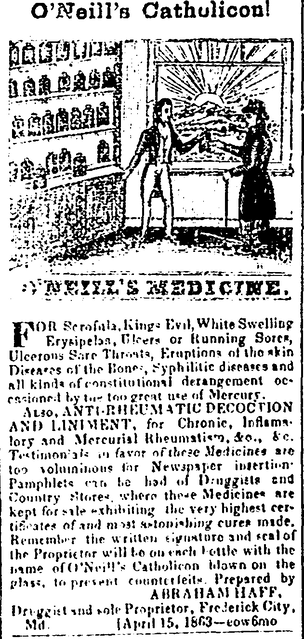
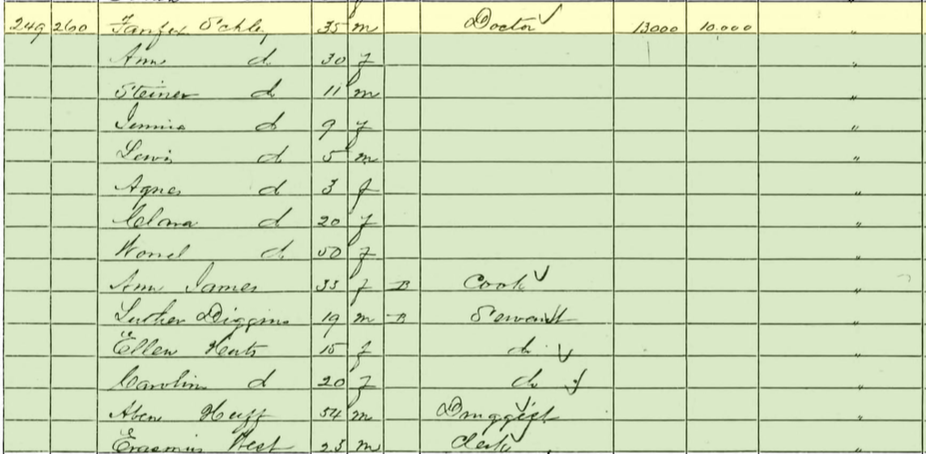
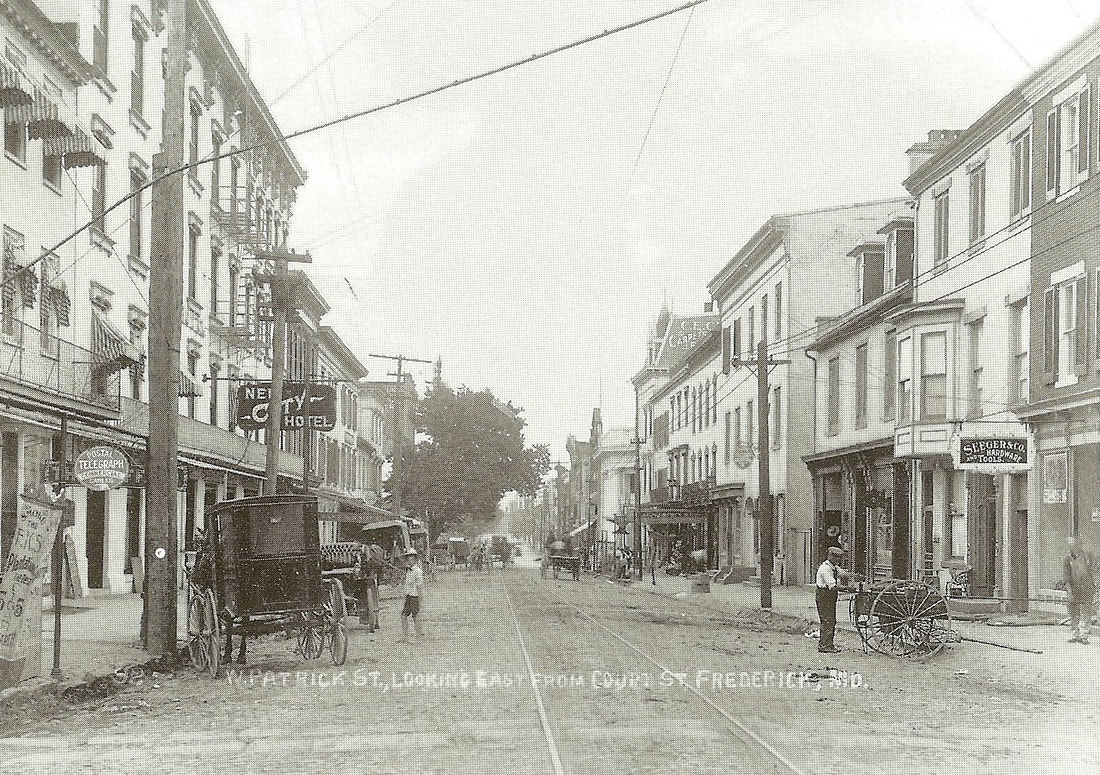

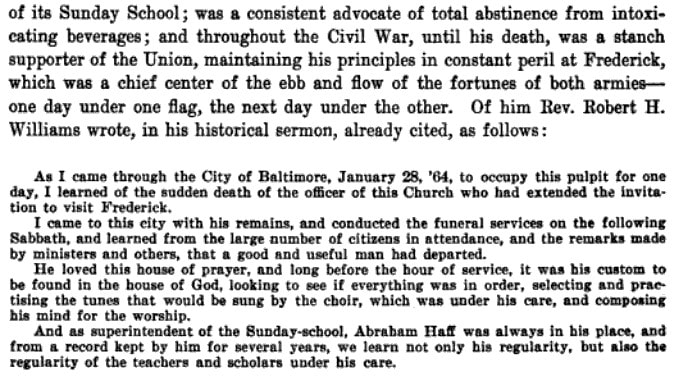
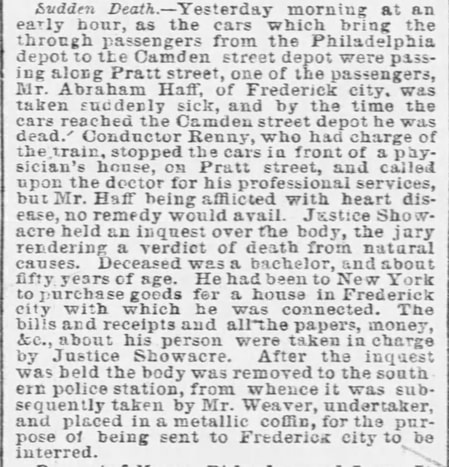




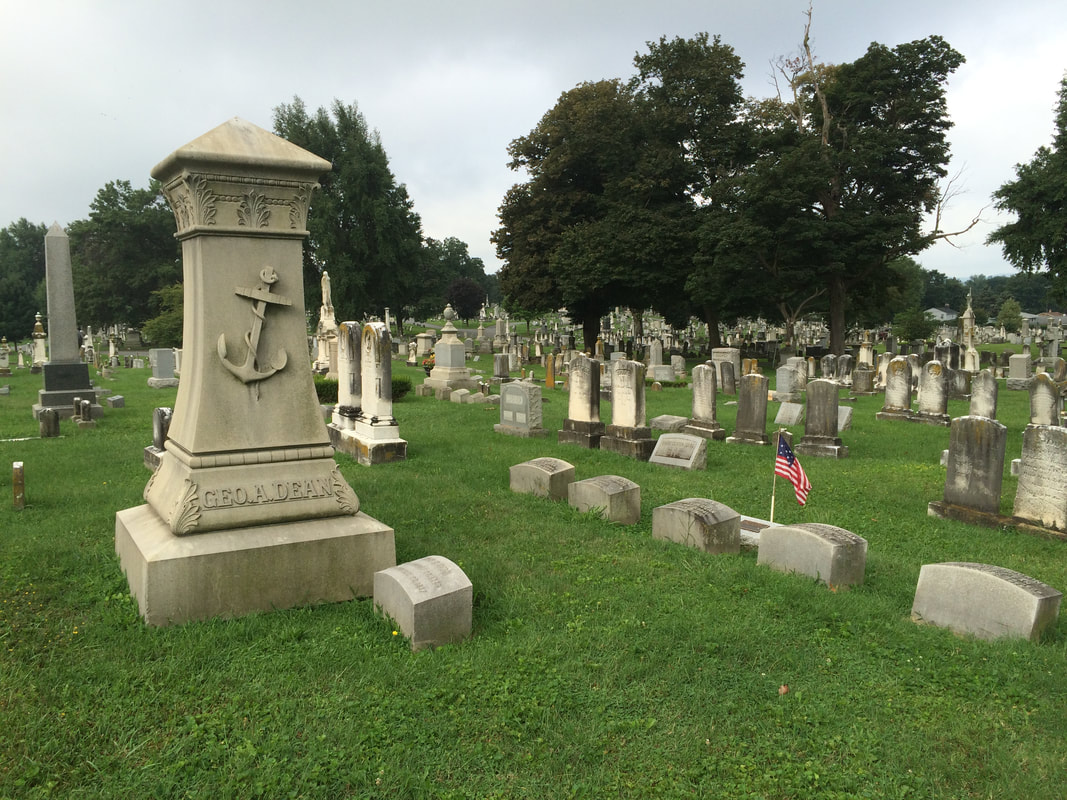
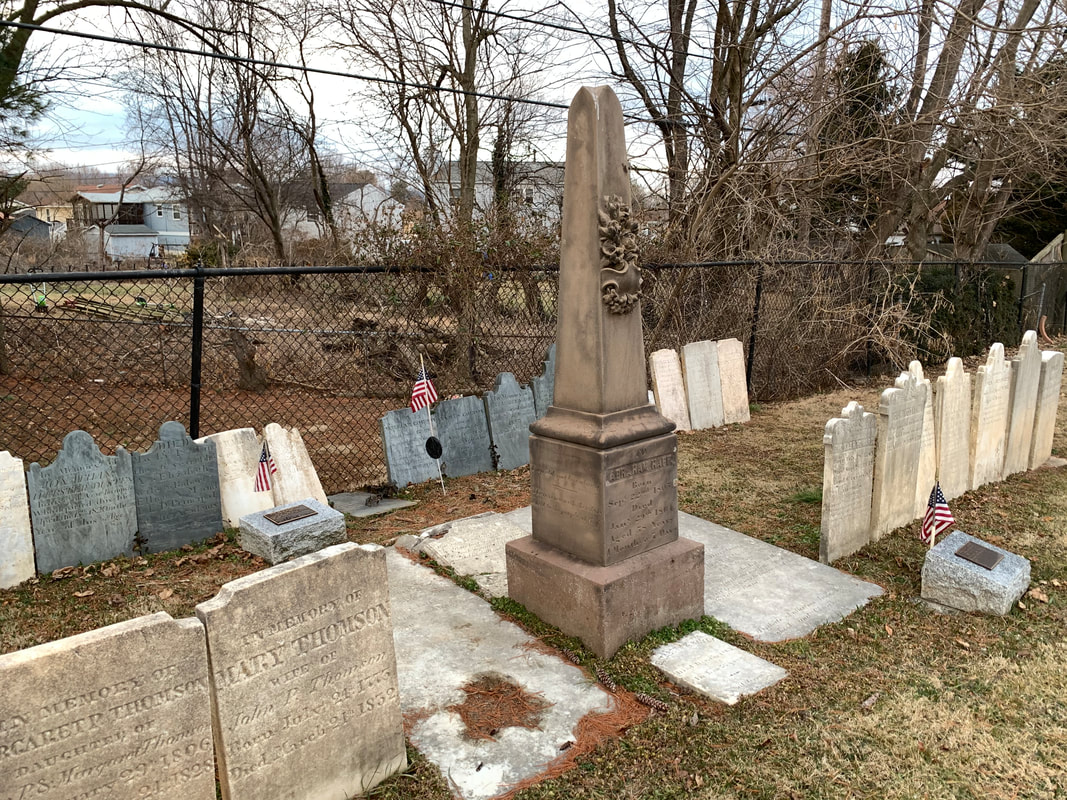
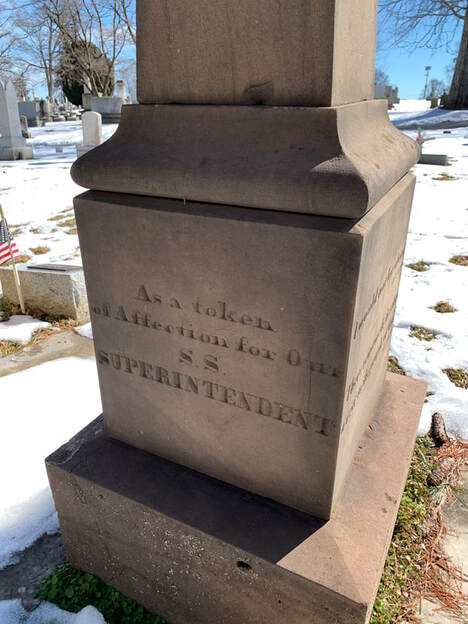
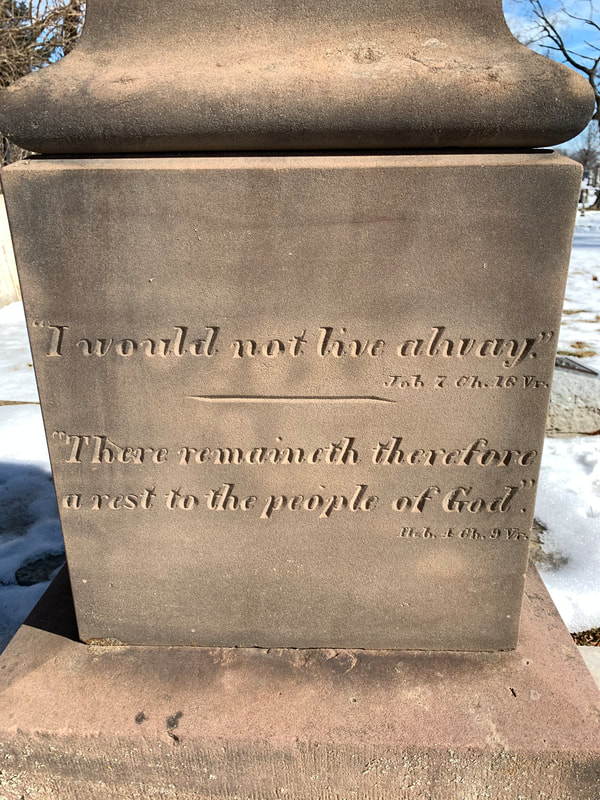
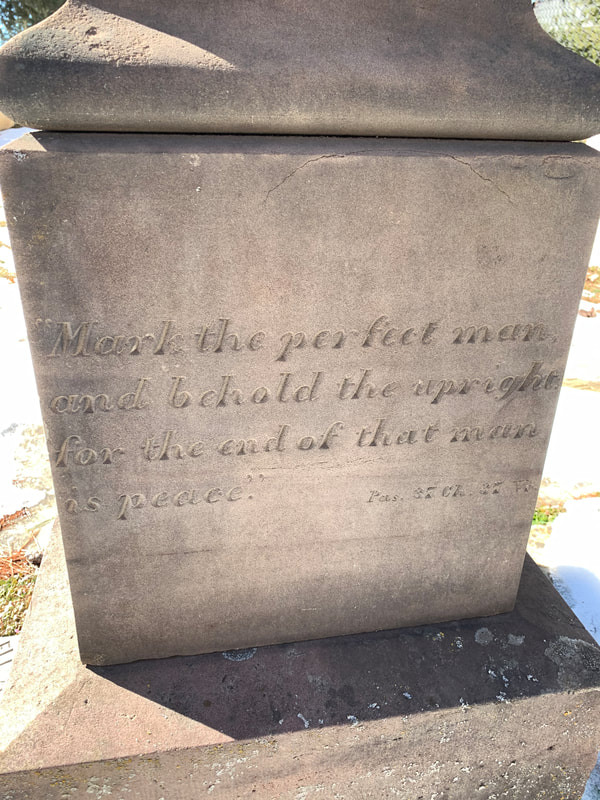
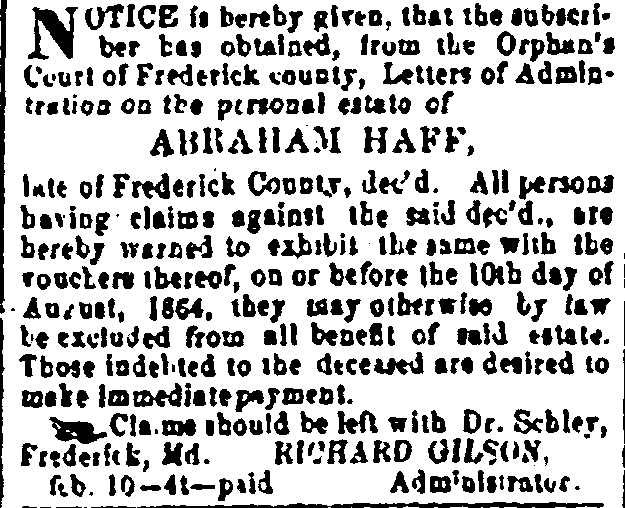
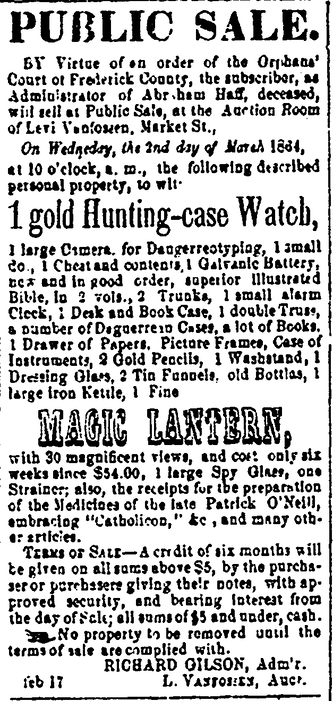

 RSS Feed
RSS Feed